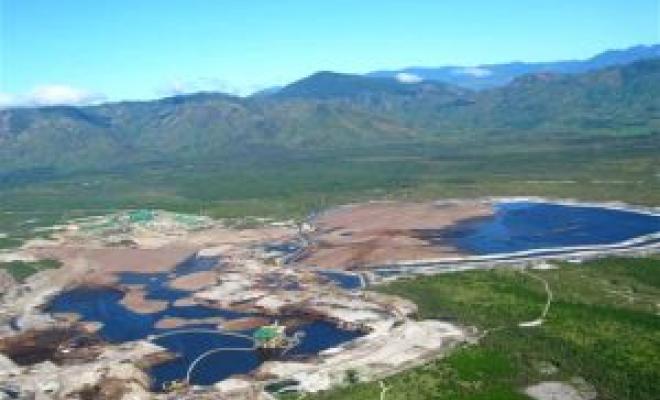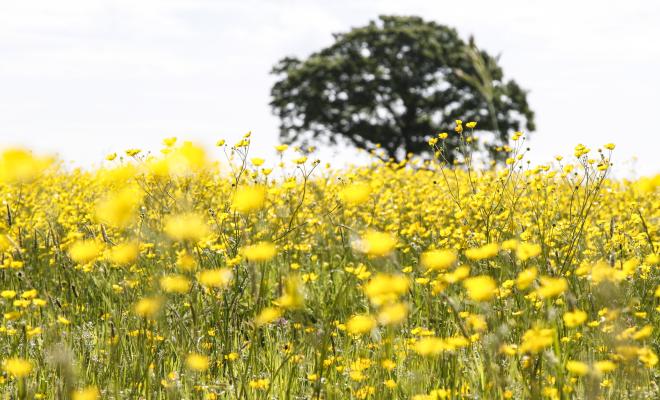Paul De Zylva19 Feb 2019
In a new report Friends of the Earth and the Andrew Lees Trust UK show that offsetting is just a green makeover for more damage by mining and development schemes, especially in some of the world’s most fragile nature hotspots.
What is biodiversity offsetting?
It’s the alluring idea of paying to protect or enhance nature in one area to compensate or as the experts say, mitigate, for damage to nature and people’s rights elsewhere.
It promises that offsetting will result in a measurable “No Net Loss” (NNL) and perhaps even a “Net Gain” (NG) for nature. That’s the theory.
Nature is in trouble worldwide
From middle England to Madagascar wild species and habitats are in decline and our natural life-support systems are being eroded.
Evidence from just a handful of recent studies shows a dreadful picture of nature’s demise:
- 26,000 species face extinction including 41% of amphibians and 25% of mammals1.
- Animal populations are on average 69% lower than they were in 1970 2.
- About two-thirds of the world’s natural ‘ecosystems’ are degraded and are being used in irresponsible, unsustainable ways3.
Drivers of destruction
Nature’s decline is being driven by human activity: mainly built development, degradation of land and intensive farming.
Add in the effects of pollution, invasive species and climate change – set to be the major cause of biodiversity loss in the second-half of the century – and nature does not look to be in safe hands.
Faced with stark evidence you’d think governments and businesses would be putting every effort into stabilising conditions for life on earth, including our own continued existence as a species.
Instead, damaging activity continues, cloaked by claims that biodiversity offsetting will protect nature and provide benefits for local and indigenous communities.
Governments and corporations involved in mining are especially keen on offsetting.
Mining and extraction is one of the main industrial sectors responsible for the declining state of our natural environment:
“Mining is one of the industry sectors with profound impacts on biodiversity. Surface mining strips land from forest, reducing wildlife habitats that are already under threat from climate change and other developments.”4
Our report New Frontiers, New Tricks finds that efforts to green industrial mining with offsetting do not reduce the sector’s immediate environmental impact or mitigate its longer-term damage especially in biodiversity hotspots, such as Madagascar.
Biodiversity offsetting doesn’t work
Despite the hype offsetting is not the clever trick it seems.
Offsetting is not working well even in countries where it has been practised for many years. For example, in Germany, where offsetting has been applied for over 40 years, the general assessment of how it is operating is not encouraging.
In Australia, a Senate inquiry expressed concern at insufficient effort to avoid harm. Instead, offsetting appears to be legitimising and justifying the continuation of business-as-usual activity – further eroding nature, people’s livelihoods and the functioning of natural ecosystems.
Yet the UK government pointed to Australia as an example of offsetting working when it tried to introduce it as official UK nature conservation policy.
Conservation con trick
The International Union for Conservation of Nature (IUCN), the global authority on the state of nature and what is needed to safeguard it, defines offsetting as “a measurable way to compensate for residual impacts in development projects.”
It states that “…offsets must never be used to circumvent responsibilities to avoid and minimise damage to biodiversity, or to justify projects that would otherwise not happen.”5
But it is unclear how well the IUCN’s high bars for offsetting are being observed in practice.
Our report provides evidence that damage isn't always being avoided; that the much-mentioned mitigation hierarchy isn't always being adhered to; and that there is a paucity of evidence that the promised ‘Net Gains’ for nature and ecosystems are happening.
The IUCN itself reports that despite an increasing number of governments and companies using offsetting, the “current efforts to mitigate impacts were proving insufficient to reduce biodiversity decline.”
It concludes that “…evidence is lacking as to the extent to which NNL/NG and offset policies are achieving their goals or contributing to better biodiversity outcomes in the jurisdictions where they exist.”6
Offsetting in nature hotspots
This is starkly illustrated in Madagascar, one of the world’s most precious biodiversity hotspots.
Rio Tinto/QMM’s ilmenite mining operations are resulting in the loss of 6,000 hectares of unique littoral forest on the shores of Lakes Besaroy and Ambavarano in the Anosy region. Ilmenite is a mineral containing titanium dioxide which is used as a whitening agent in paint and other products.
Yet the loss of unique flora and fauna, including nocturnal lemurs, is meant to be offset by a conservation programme which restricts use of forest resources by communities in other areas some 50km to the north of the mine site at Bemangidy-Ivohibe in the Tsitongambarika Forest, and a second site even further away, 230km north at Mahabo.
The economic case for promoting and deploying offsetting often includes promises to local communities of jobs and other ways to earn income. But the measures have invariably restricted people’s access to land and the forests which are important for their wellbeing, livelihoods and traditional practices.
Many communities have little or no say over how or where offsetting is introduced but are expected to live with the resulting restrictions on their access to natural resources.
The offset scheme has left villagers without either money to buy food or productive land to grow their own:
“We understand the importance of protecting the forest. But they should have started the projects to help us grow food before stopping us from using the forest. Otherwise we are left with no food and this is a problem.7
"We are really suffering now because we had to stop cultivating on the hills. We moved our cultivation into the dunes, but it's so sandy there that growing anything is difficult. Plus they took our land and did not even compensate us. They said they would, but they never did."8
Offsetting can also result in a form of ‘land grab’ where land is seized or acquired for the sole use of certain interests to produce commodities.
In Madagascar, land has been taken both for mining and for land needed to provide the offset, amounting to a double land grab.9
The IUCN says governments have an important role in ensuring the theory works in practice without shortcuts and compromises, but this can be hard when there is weak governance and rule of law and little recourse for the powerless.
Expensive distraction
Biodiversity offsetting is promoted as a new approach to conservation – including in the UK – but lacks sufficient safeguards and rigorous science to ensure authentic, measurable benefit.
Given rising pressures on land, natural resources and food production as a result of climate change, agribusiness, extractive industries and energy demands, it is fanciful to suggest that biodiversity offsetting can be an effective solution to nature’s decline.
It cannot deal with the drivers for damage and biodiversity loss – unreformed, fundamentally unsustainable industrial activity and poorly conceived development.
It is a distraction from the harsh choices and political will needed to reverse the current trajectory and its inevitable social and environmental consequences.
Effective action, not green con
Offsetting is no substitute for lasting changes in business and industrial practices and for proper investment in proven nature conservation action.
Offsetting is a one-step forward, two-steps back approach, when the dramatic decline of nature and natural life-supporting ecosystems requires full attention on proven actions without excuses, half measures or drags on the process.
The world faces a limited window to address the startling biodiversity and species loss on planet Earth.
Now is hardly the time to be negotiating with nature about what else it can afford to lose.
- 1IUCN global Red List https://newredlist.iucnredlist.org/
- 2WWF/Zoological Society Living Planet Index report https://livingplanet.panda.org/en-GB/
- 3Millennium Ecosystem Assessment (2005)
- 4Understanding Government Biodiversity Offset Policies in the Mining Sector, IUCN, The Biodiversity Consultancy and Intergovernmental Forum on Mining, Minerals, Metals and Sustainable Development (2017) https://www.iucn.org/news/business-and-biodiversity/201711/global-database-biodiversity-offset-policies-launched-preliminary-analysis-shows-progress-biodiversity-rich-mining-countries
- 5IUCN Biodiversity Offsets https://www.iucn.org/theme/business-and-biodiversity/our-work/business-approaches-and-tools/biodiversity-offsets
- 6IUCN website, Business and Biodiversity, Biodiversity Offsets https://www.iucn.org/theme/business-and-biodiversity/our-work/business-approaches-and-tools/biodiversity-offsets
- 7Rio Tinto’s biodiversity offset in Madagascar: Double landgrab in the name of biodiversity? A field report by World Rainforest Movement and Re:Common, (2016). Page 11 https://wrm.org.uy/books-and-briefings/rio-tintos-biodiversity-offset-in-madagascar-double-landgrab-in-the-name-of-biodiversity/
- 8WRM and Re:Common, Rio Tinto in Madagascar: A mine destroying the unique biodiversity of the littoral zone of Fort Dauphin (2016). Page 11 https://www.recommon.org/eng/rio-tinto-madagascar-mine/
- 9Kill, J., Franchi, G, and Hall, R., 2016. RioTinto’s biodiversity offset in Madagascar: Double landgrab in the name of biodiversity? A Field Report: World Rainforest Movement and Re:Common http://wrm.org.uy/wp-content/uploads/2016/04/RioTintoBiodivOffsetMadagascar_report_EN_web.pdf

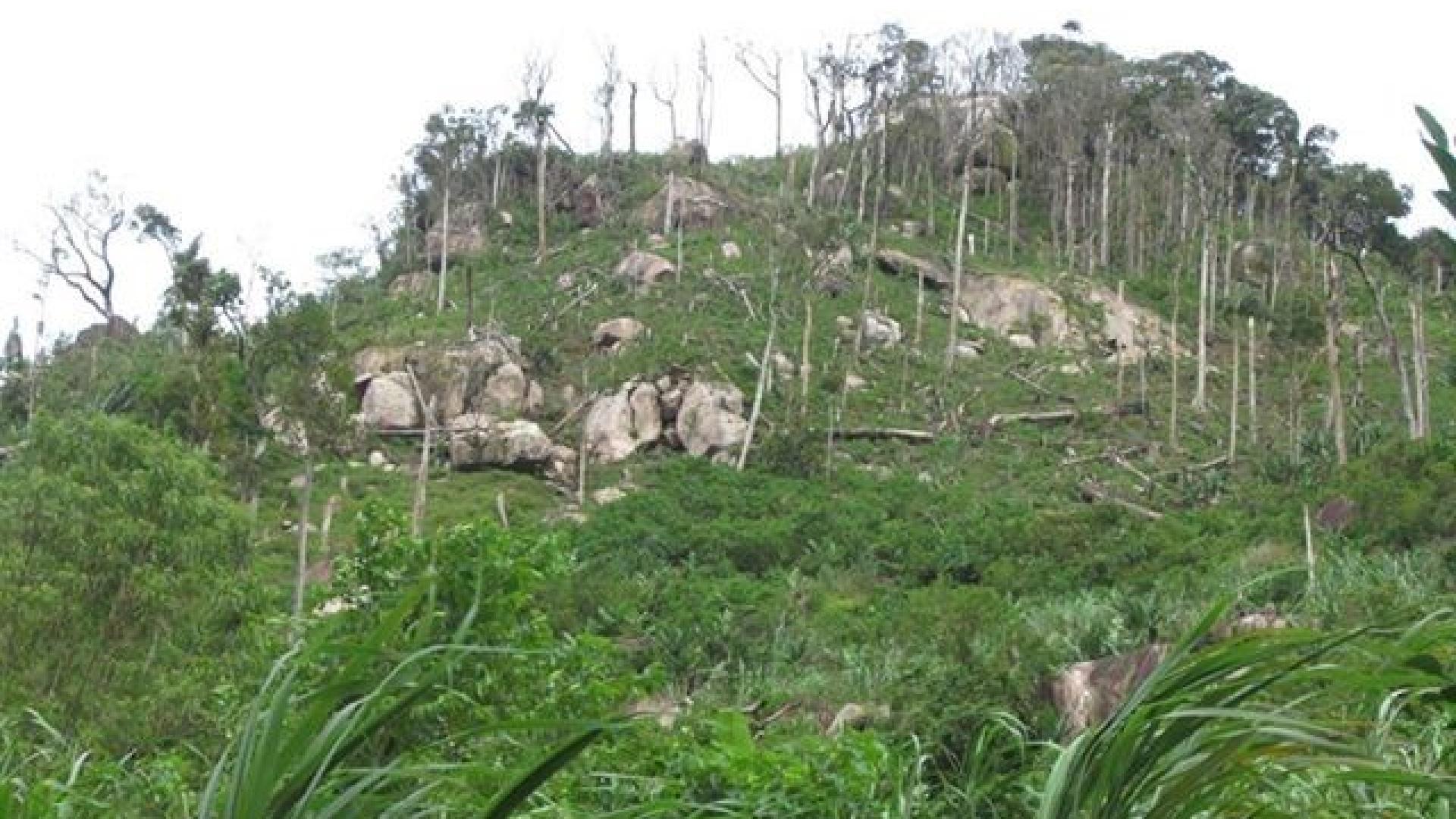
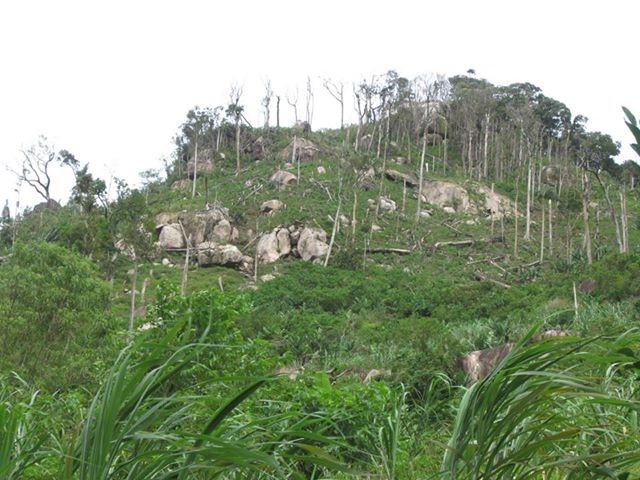 Tsitongambarika forest, Madagascar
Tsitongambarika forest, Madagascar
